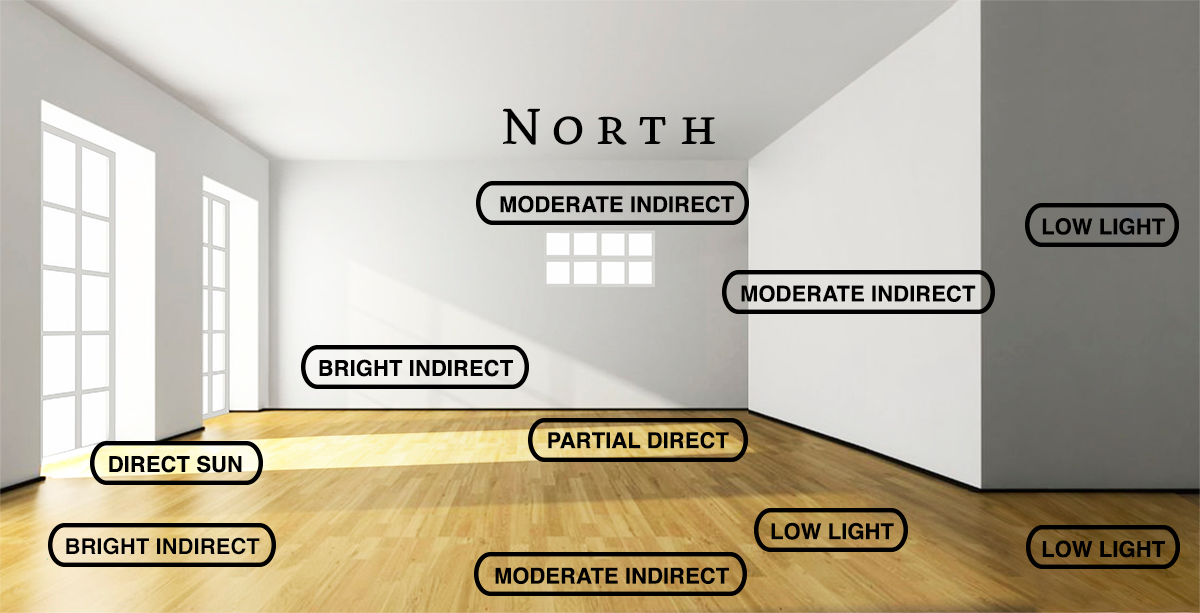
| height | 2–4ft | |
| width | 2–4ft | |
| tolerates | Pots | |
| water needs |
When soil surface is damp | |
| water info |
Water when soil surface is still damp. This plant likes to stay evenly moist. When you touch the surface and it’s no longer squishy and soggy, but feels like a well-wrung sponge, it’s time to water. Often these plants can be left in a little standing water to extend the watering cycle. This plant could be watered several times a week, or less if lleft standing in some water each watering cycle. Remember a smaller pot will dry out faster, so if it’s a tiny 4 inch pot you might water daily. | |
| hardy to |
30F | |
| exposure | Bright Indirect – Partial Direct | |
| indoor outdoor |
Indoor | |
| fertilizing | Acid 1/2 Strength | |
| origin | Australia | |
| california native |
No | |
| sunset zones |
15–17, 20–24 |

Direct Sun
Beams of light hitting the plant near a window four or more hours a day. The most intense light.
If you're in a direct sun spot, you can feel the warmth of the sun on your skin.
Partial Direct
Occurs when you have a plant that is in less intense direct sunlight.
This happens when a plant is in a few hours of direct morning sun, or an hour or less of direct afternoon sun.
It also happens when a plant is in direct sun, but more than six feet from a window, where the light is diffused.
Bright Indirect
This is just beyond the direct beam of light (or through cracked blinds or a sheer curtain filtering direct sun).
Bright indirect areas are characterized by a place where you can sit and read a novel comfortably without artificial light.
Moderate Indirect
Beyond the bright indirect light. In these areas you wouldn't turn on a light walking through the room,
but if you were hanging out there you would probably have the lights on, even during the day.
Low Light
Dim spots, usually the backs of rooms or hallways where you would always turn lights on,
even if just walking in to grab something.
